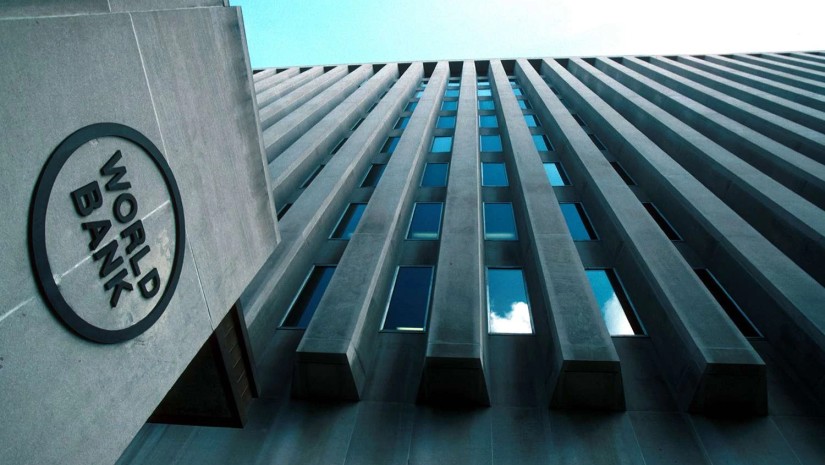Real growth in economic activity reached 9.2 percent (yoy) in May. According to the record, the economy expanded by 9.3 percent (yoy)in the first five months of 2024, driven by the IT sector, professional services, financial services, construction, and transport. Notably, strong credit growth, up 23 percent, strengthened both consumer spending and domestic investments. Despite a slight dip from a year ago, the entrepreneurial landscape remains dynamic, with approximately 6,300 new businesses registered.
The CPI increased slightly in June while remaining below the NBG’s 3 percent target. Prices fell by 0.5 percent (mom), largely due to a 2 percent drop in food prices—especially fruits, vegetables, meat, bread, and cereals—which contributed to reducing monthly inflation by 0.7 percentage points. The yoy inflation rate rose to 2.2 percent in June, compared with 2 percent in May, with transport and food costs remaining higher than a year ago. On June 19, 2024, the central bank (NBG) maintained the refinancing rate at 8 percent, reflecting strong economic growth and the expectation of rising inflation.
According to statistics released by the NBG, the current account deficit narrowed in Q1 2024. The gap shrunk from –5.8 percent to –5 percent of GDP (yoy), despite a deficit rise of 8.4 percent in the trade in goods. This was partly offset by positive contributions from the services sector and current transfers. Specifically, gross travel exports grew by 1.5 percent, and the current transfers balance increased by 18.4 percent, led by a surge of 18.3 percent in private transfers other than workers remittances. On the financing side, net FDI inflows, which accounted for about 1 percent of GDP, highlighted weak external investor confidence.
Georgia’s external debt improved considerably as of end-Q1 2024. The external debt ratio to GDP fell from 90 percent to 79 percent, indicating robust GDP growth, which outpaced debt accumulation and enhanced debt sustainability. Public sector debt rose by USD 300 million, to USD 11 billion, but its ratio to GDP dropped from 41 percent to 35 percent. The banking sector's external debt surged by USD 1 billion, to USD 7.5 billion, yet its GDP ratio slightly decreased, partly due to depreciation of the GEL.
Georgia’s external trade balance weakened in May. Trade in goods fell, with exports declining by 5.6 percent (yoy) after a 12 percent drop in April, and imports decreasing by 4 percent in May following a 14 percent increase in April. Consequently, the trade deficit narrowed by 3 percent (yoy) in May after widening by 32 percent in April. Remittances fell to USD 284 million, a 27 percent drop (yoy), mainly due to a 70 percent reduction in transfers from Russia. However, remittances from the EU grew 7 percent (yoy), making up 42 percent of total inflows in May. Other declines included transfers from Kazakhstan (– 43 percent), Turkey (–42 percent), and Armenia (–38 percent). In June, the GEL depreciated against the USD by 4 percent (mom) and 8 percent (yoy) amid weaker remittances and exports.
The banking sector performed strongly in May. The overall credit portfolio expanded by 23 percent (yoy), with domestic and foreign currency loans growing by 22 percent and 32 percent, respectively. Lending to households rose by 18 percent, reflecting enhanced consumer confidence and demand for credit. The slight increase in the dollarization ratio, up 1 percentage point, indicates a gradual shift towards foreign currency borrowing. Banking sector deposits grew by 16.5 percent (yoy), with domestic currency deposits growing at 18 percent (yoy).
Georgia recorded a fiscal deficit of approximately 0.2 percent of projected GDP in May. This resulted in a deficit equivalent to 0.3 percent of GDP in the first five months of 2024. General government tax revenues increased by 15 percent (yoy) in nominal terms. Government current expenditure increased by 8 percent (yoy) and capital expenses rose by 18 percent (yoy). The deficit was mainly financed from domestic sources. Public debt increased by 14 percent (yoy) to 37 percent of GDP, wherein external debt grew by 13 percent (yoy) to 27 percent of GDP, and domestic debt by 16 percent (yoy) to around 10 percent of GDP.
















